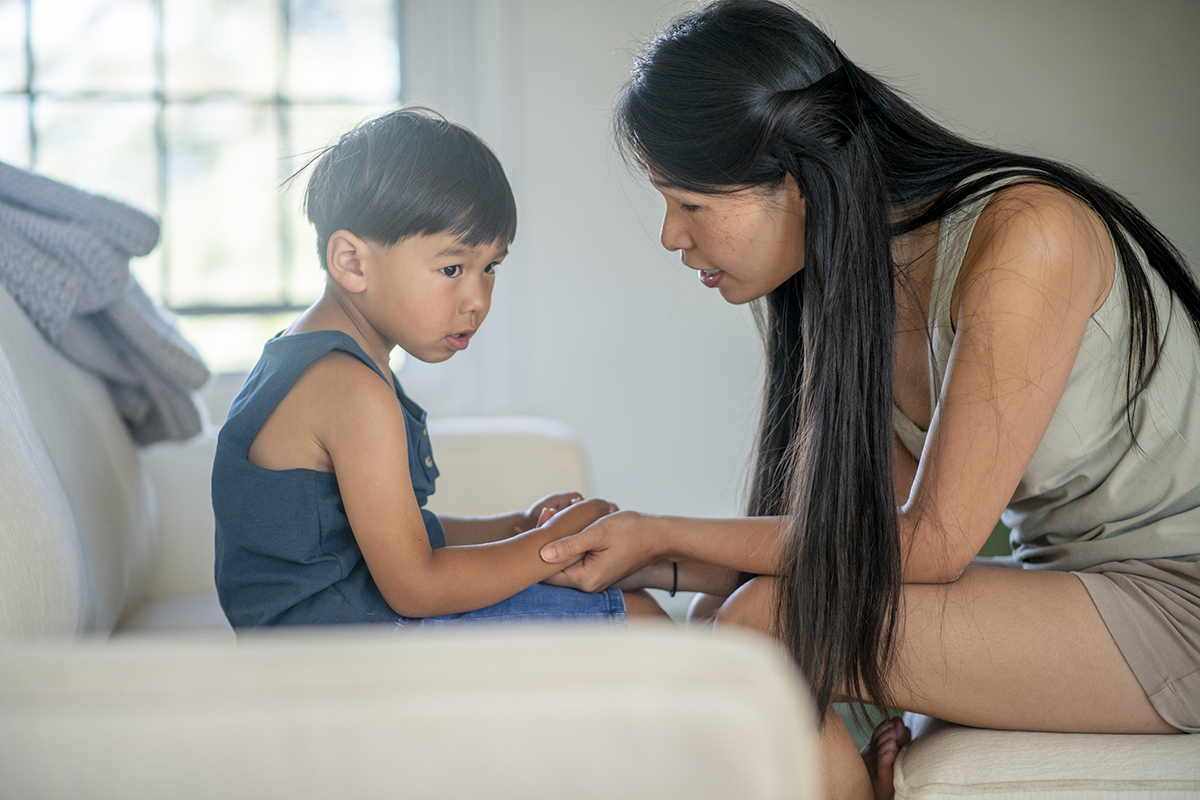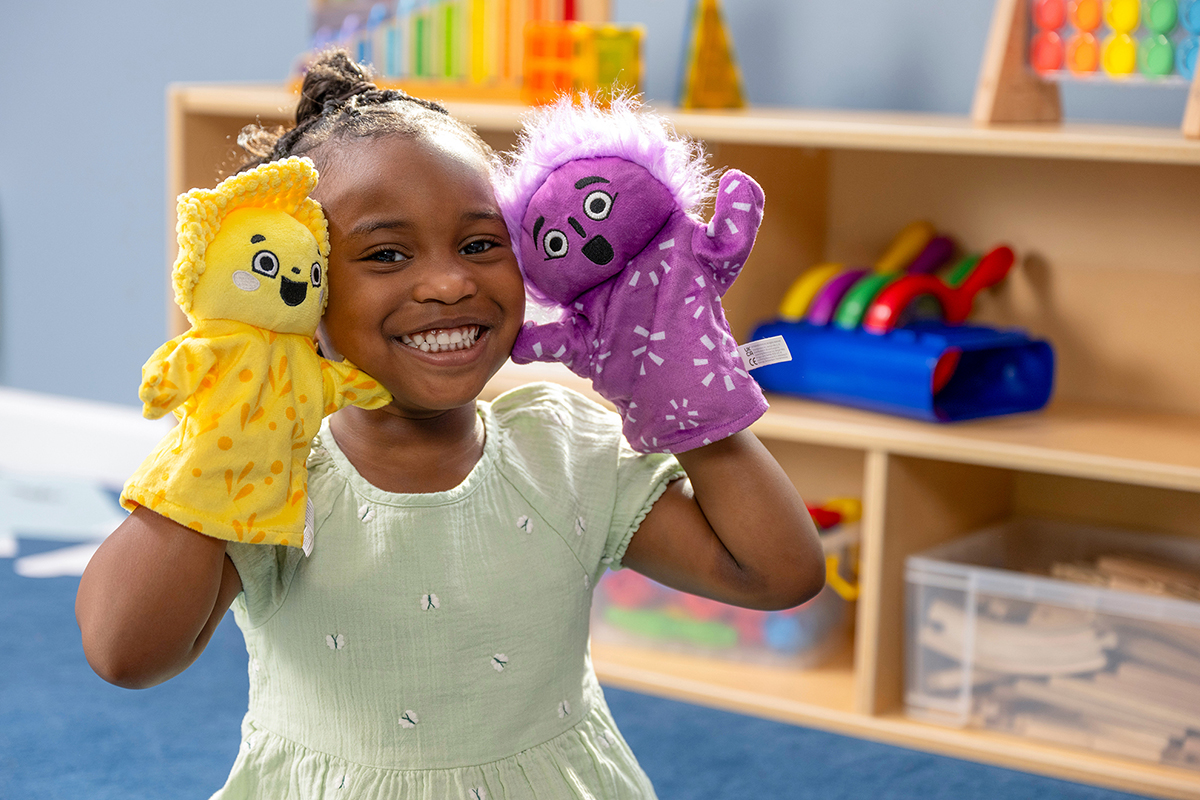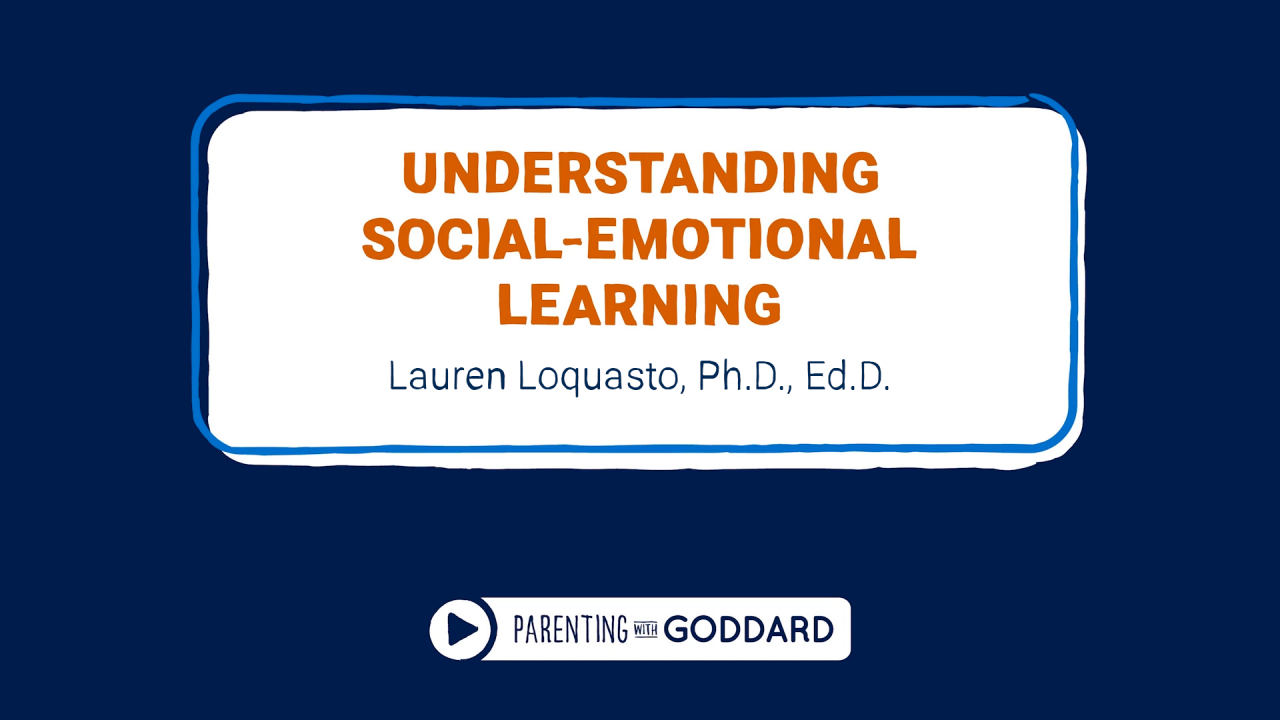No matter how many place settings there were to accommodate three generations of Pruetts at our Thanksgiving feast table, everyone had a seat at the grown-up or children’s table. Every celebration I can remember began with my father — a pastor by trade — telling everyone to hold hands and, starting with the oldest, share one thing for which they were grateful on this day. It was hard to be patient, sitting there, mouths watering, and wondering what you were going to say when it was your turn. In this simple act, we learned that gratitude was what made this meal different from all others. I was amazed year after year by how seriously everyone took this charge. Answers ran from sacred to profane, but the lesson was clear; families thrive on gratitude.
The holidays are an important opportunity to affirm values that most families hope (or wish) their children were developing naturally. The bounty of family life — so obvious on the dining room table — is less obvious to our younger children, and most of them need a little help seeing the connections between what we share as a family and how we feel about belonging to that family. While children seem to have a natural drift toward empathy, even compassion, feeling grateful for what they have is a harder sell. Grown-ups need to place this high on their agenda, along with plenty of patience. Think about why gratitude matters to you. Share those thoughts and make a plan about how to sell gratitude as a family value to your children.
Here are some ideas to get you started:
- Regularly express your own thankfulness verbally. “We are very lucky to have grandma nearby.” “I’m thankful to have a son like you in my life.” “Your dad made that so easy for all of us.”
- Express gratitude behaviorally. Take a casserole to a neighbor who has been kind or needs some extra help — even better if the children help you make it. When the hand-me-down toys end their cycle, make a thrift store run with your children.
- Make generosity part of your family’s routine. When seasons change, collect clothes from everyone’s closet to donate or take canned goods to the local soup kitchen.
- Take the children along on community fundraising activities, runs, walks etc. Explain to them why this matters to you. Make sure they meet the organizers and understand the purpose; if it’s personal, it’s remembered.
- Highlight helpers in the community. Discuss the importance of their role and why we are grateful for their help like grocery store clerks, mail carriers, delivery drivers and sanitation workers. Discuss fun ways to express appreciation for each person.
Consider this: regularly planned simple activities can make children feel useful and appreciated as givers, not takers, which is the antidote to gratitude. These are the roots of self-esteem, not reward or praise.




